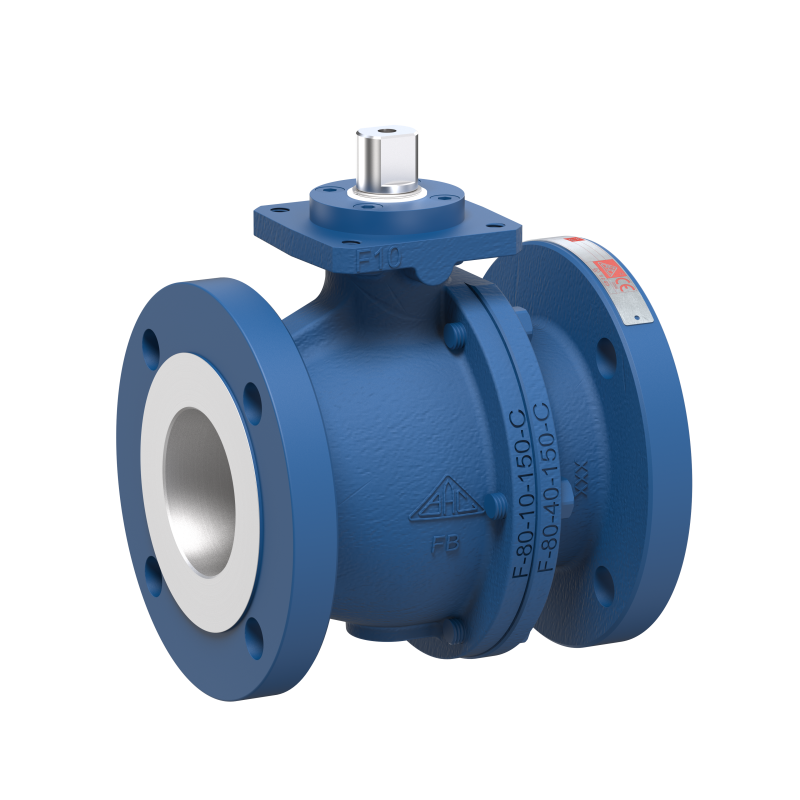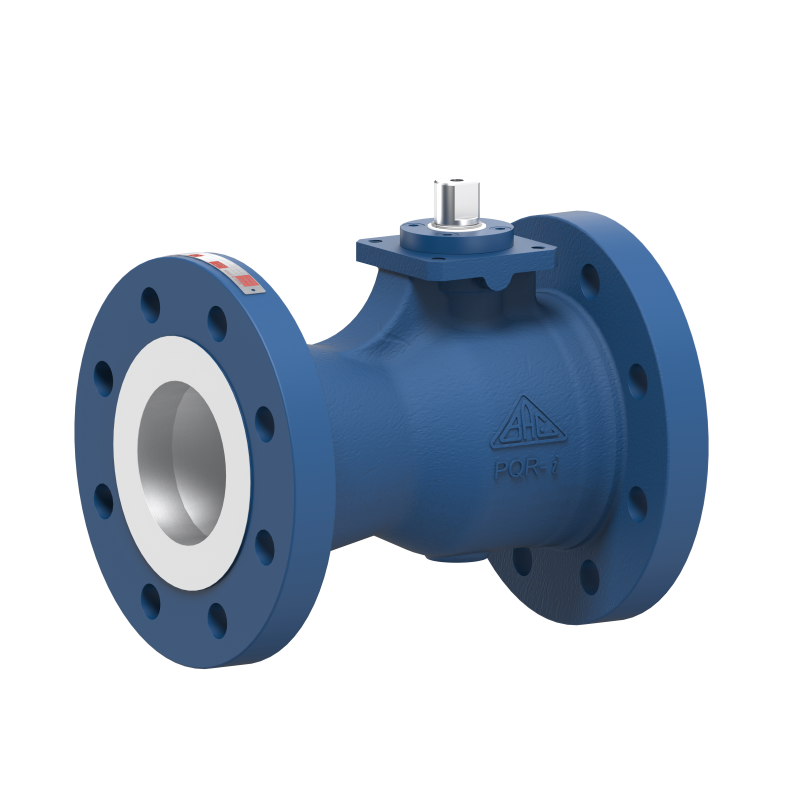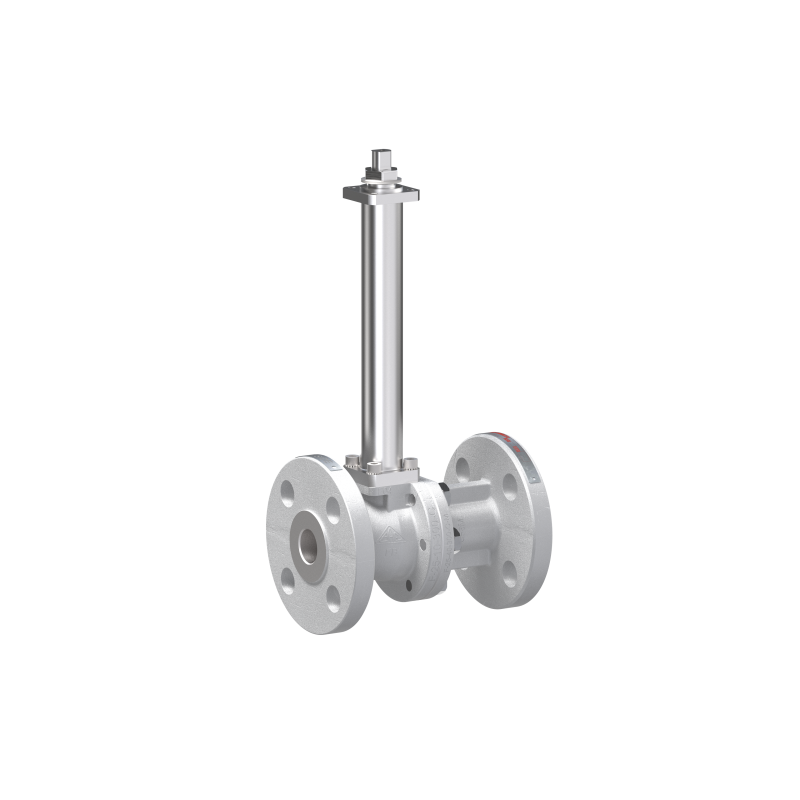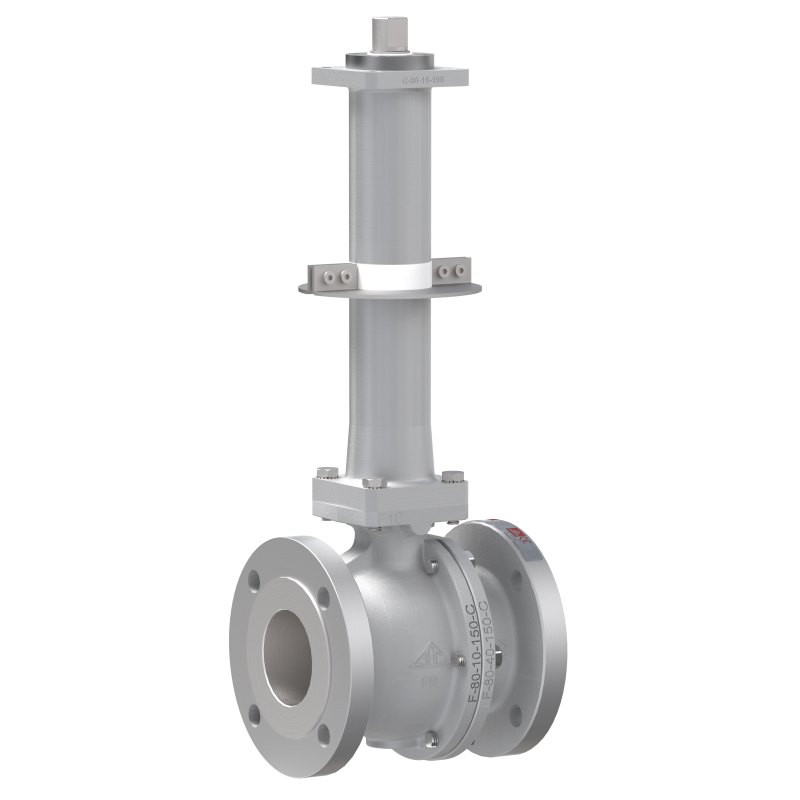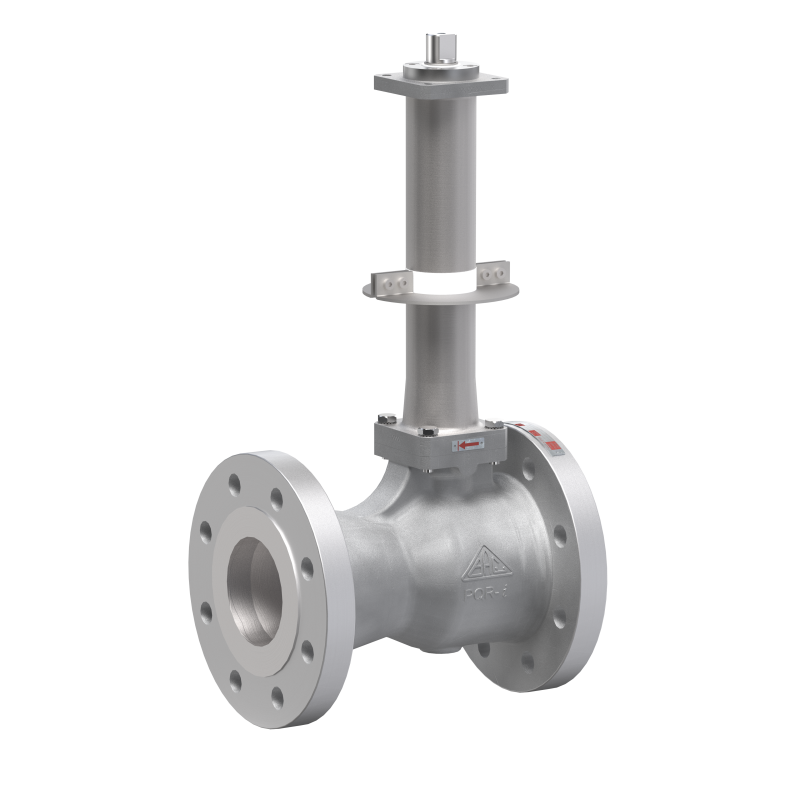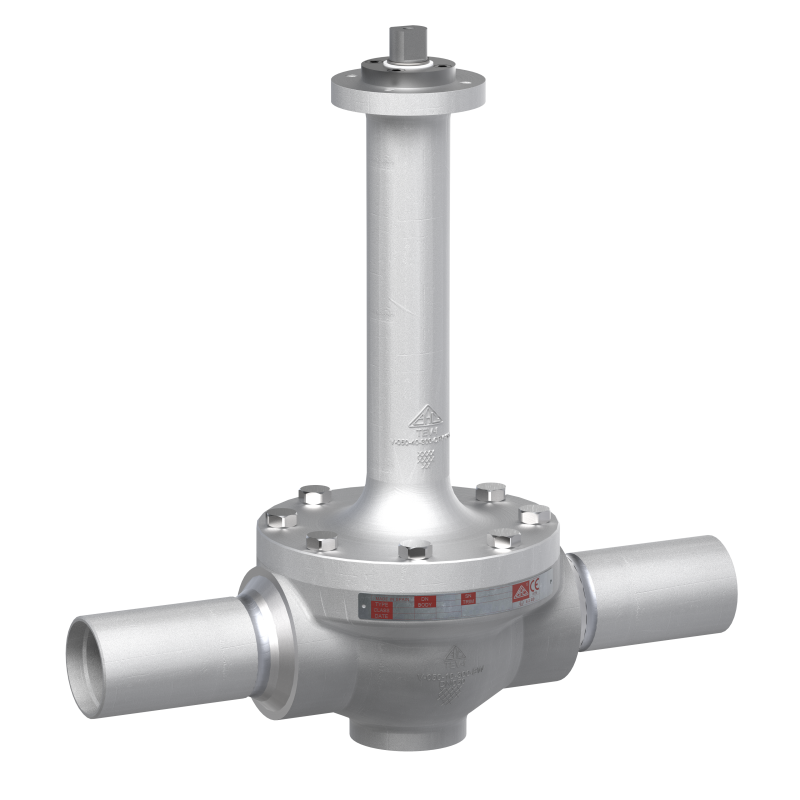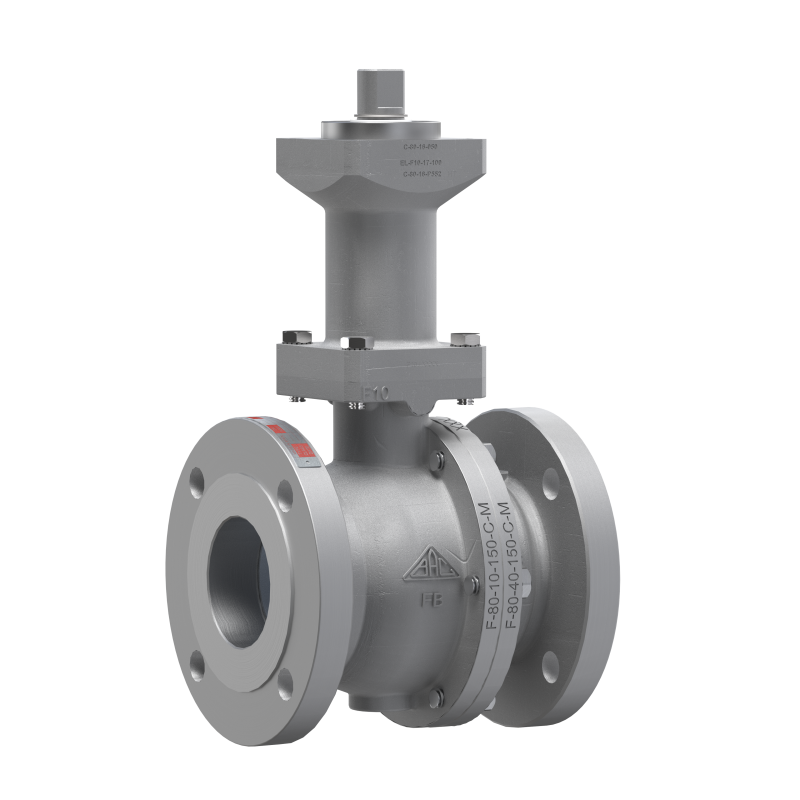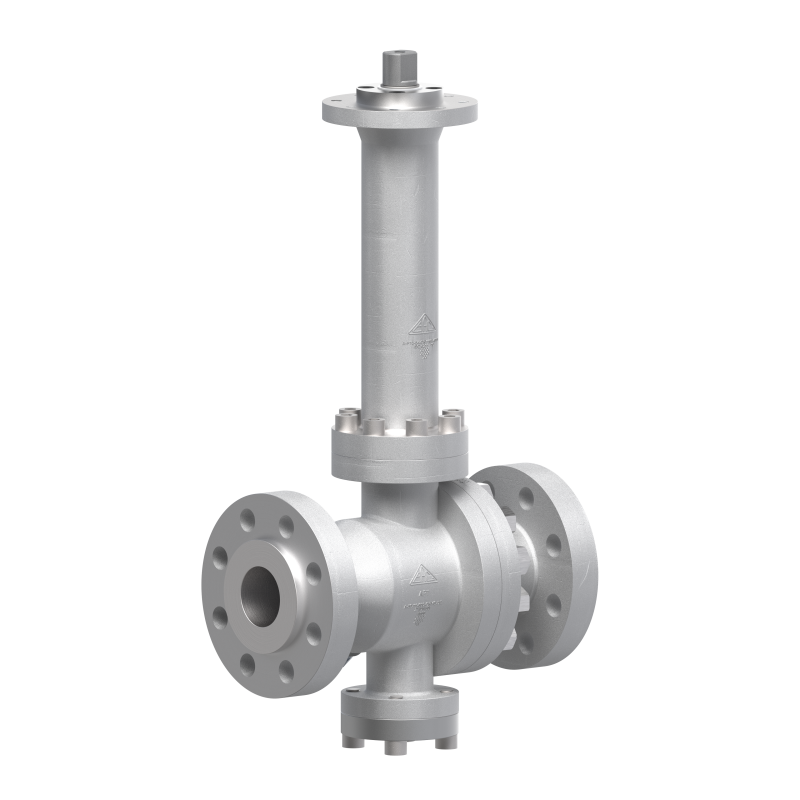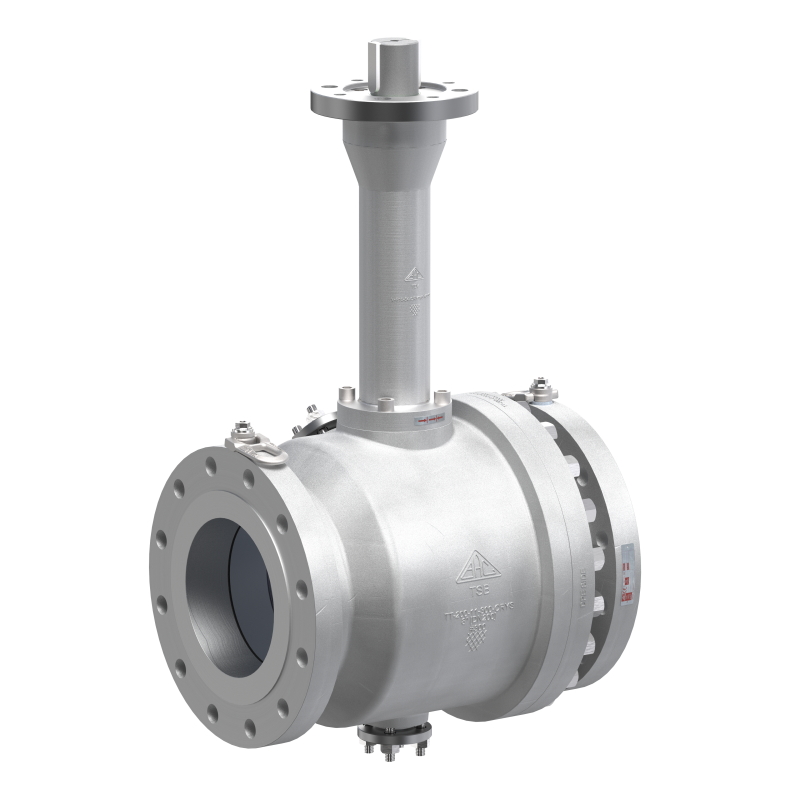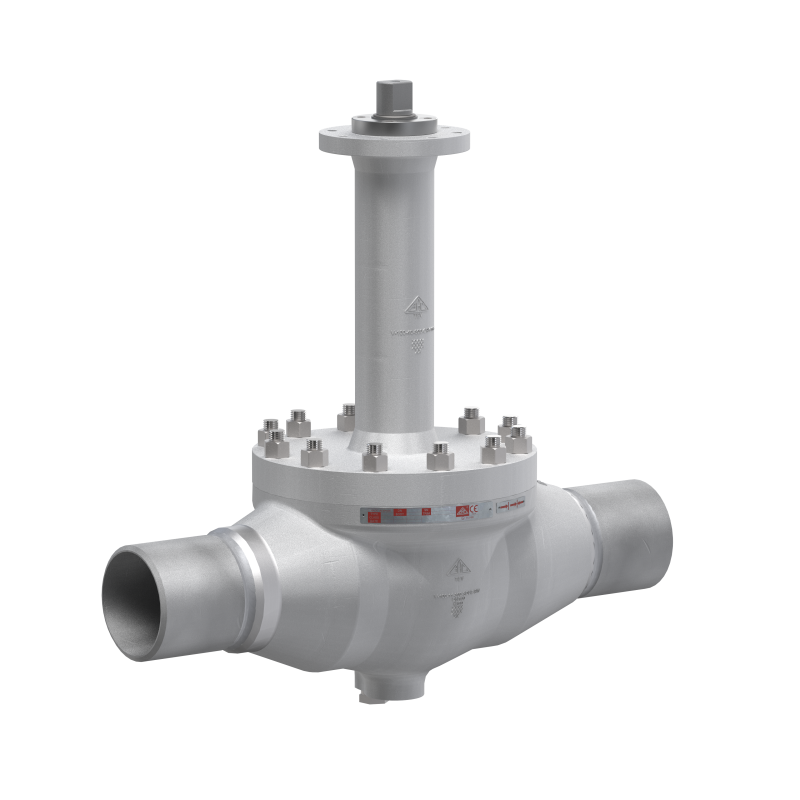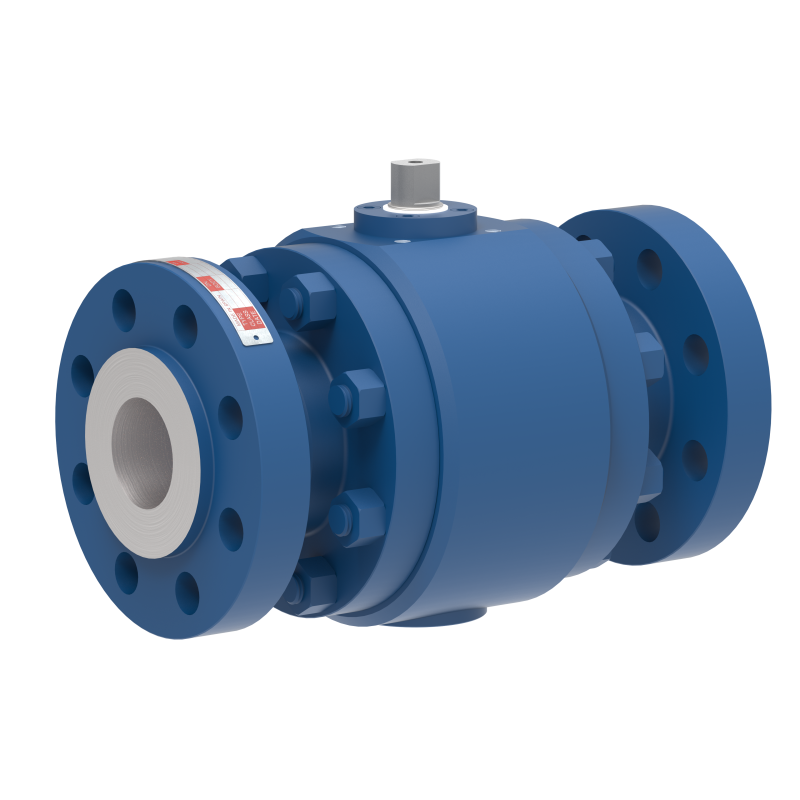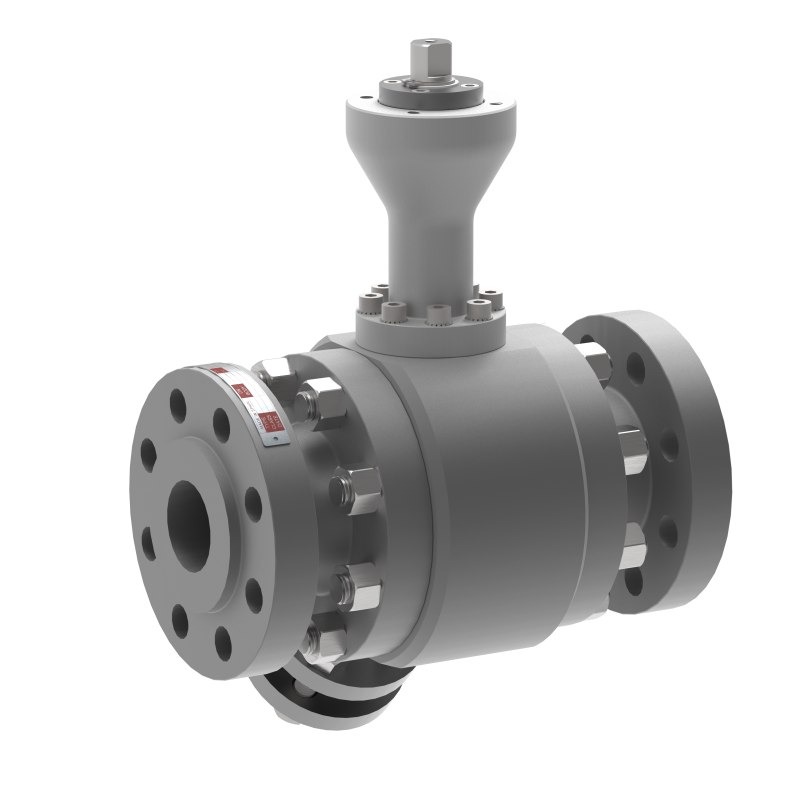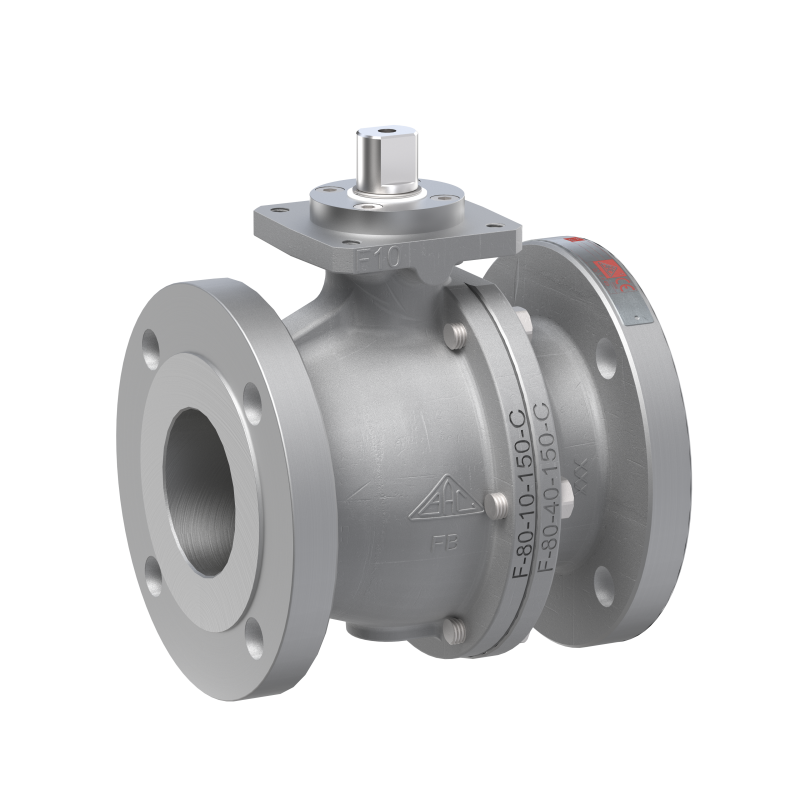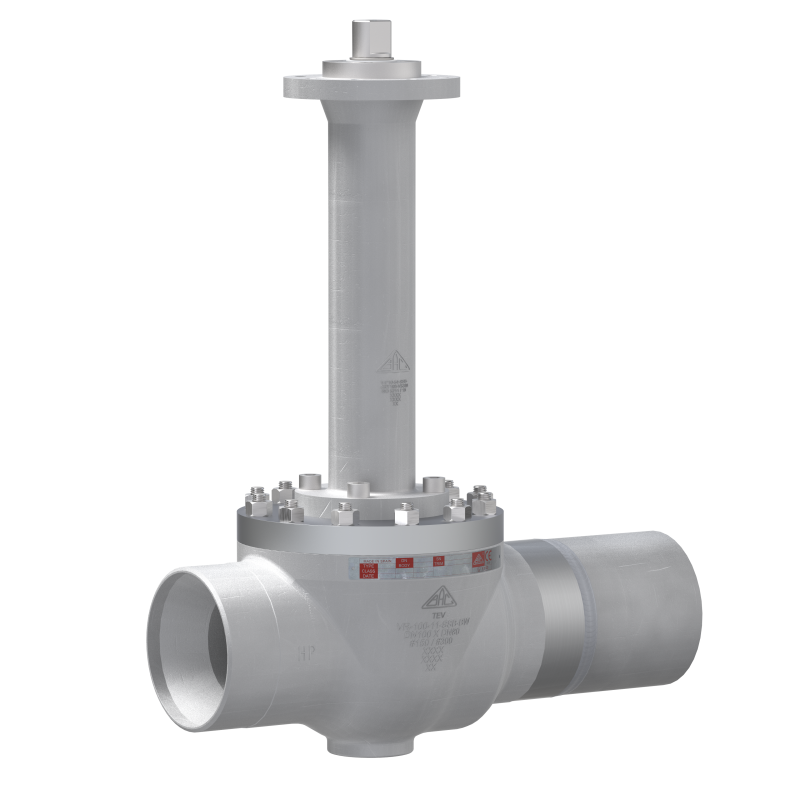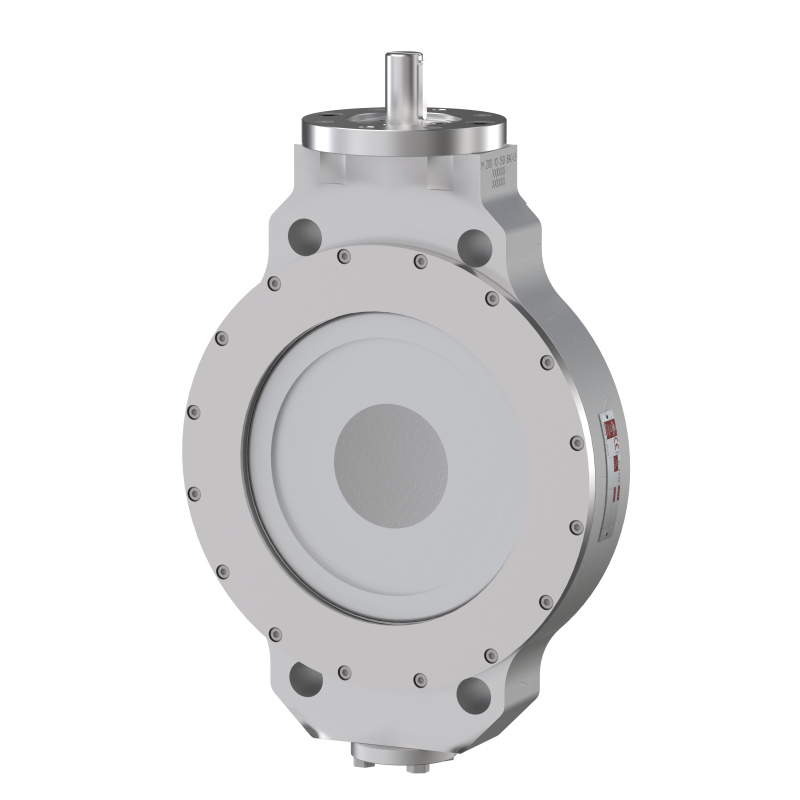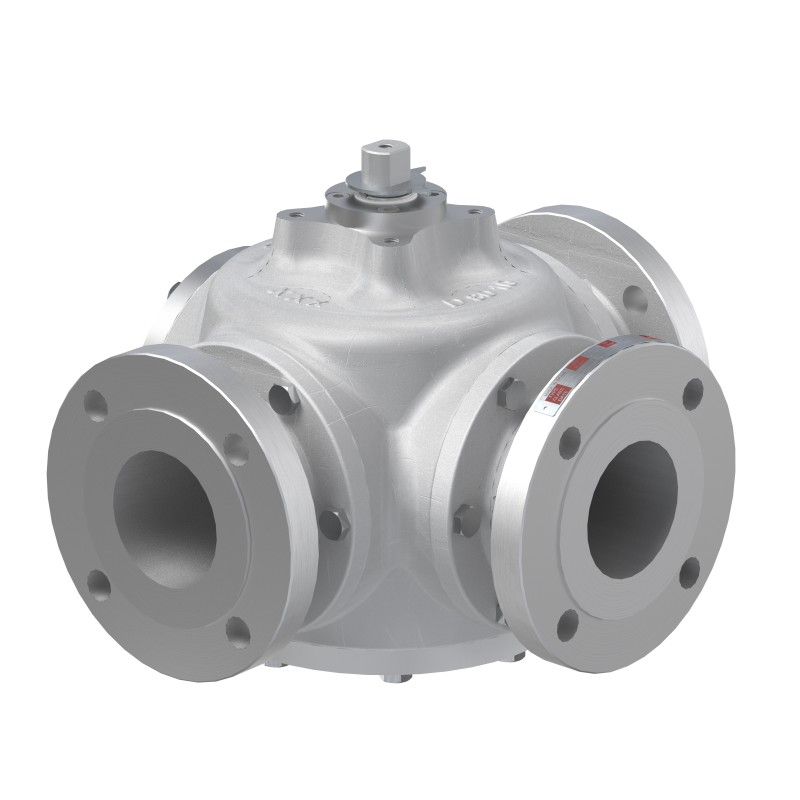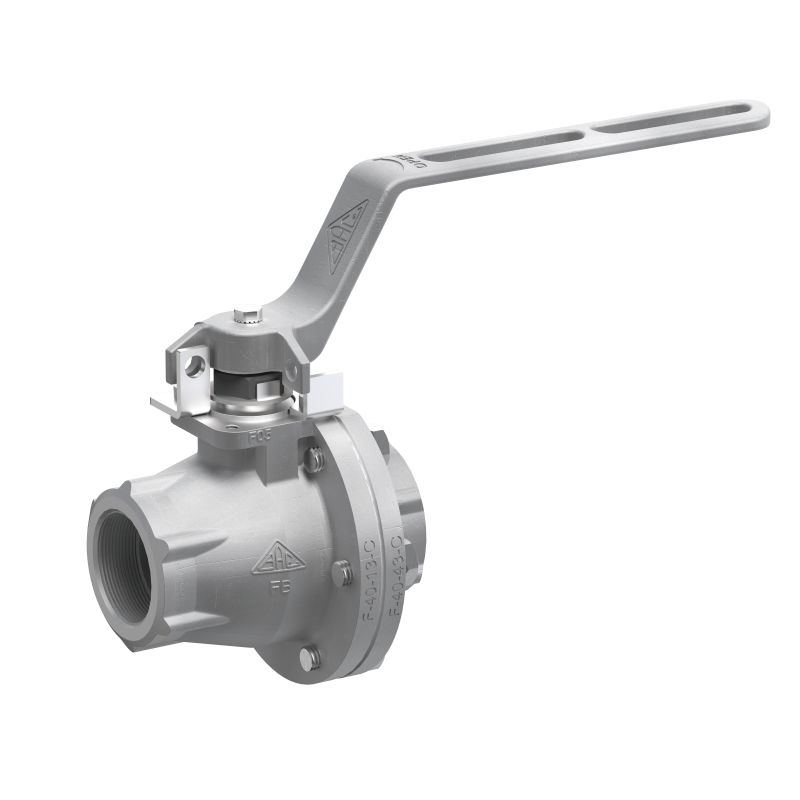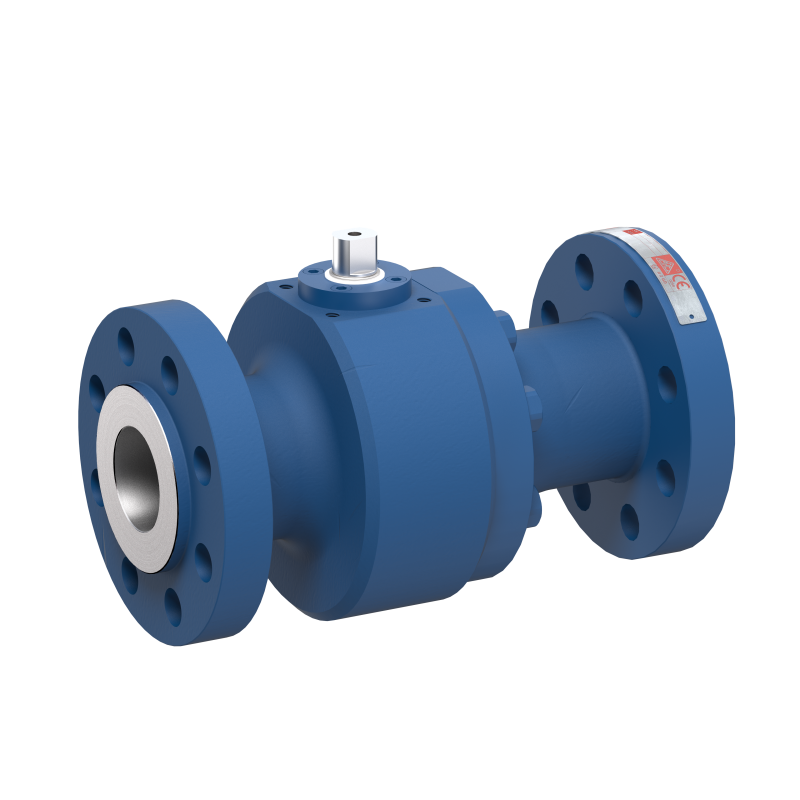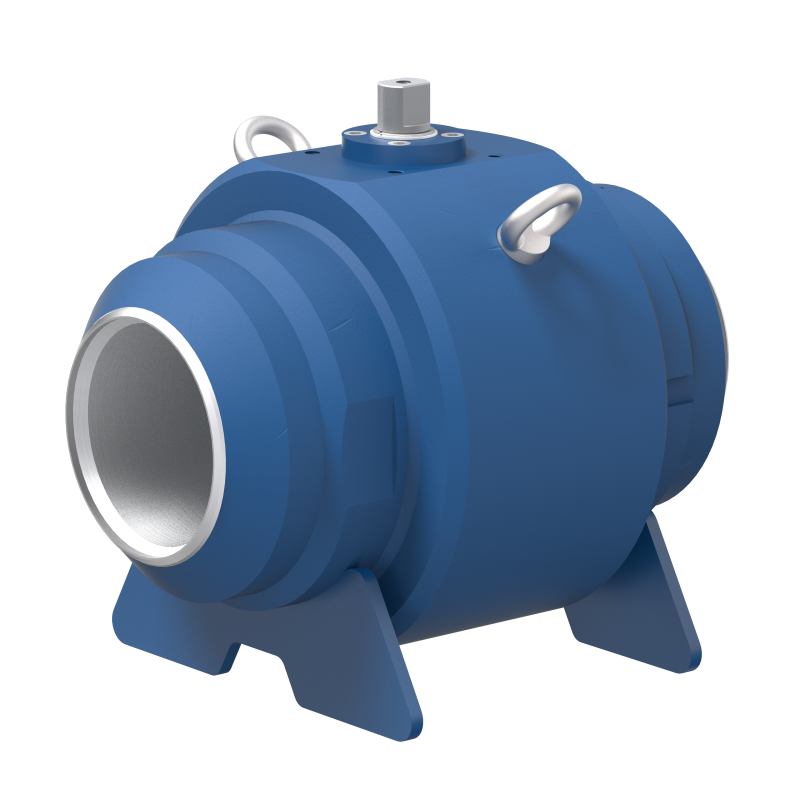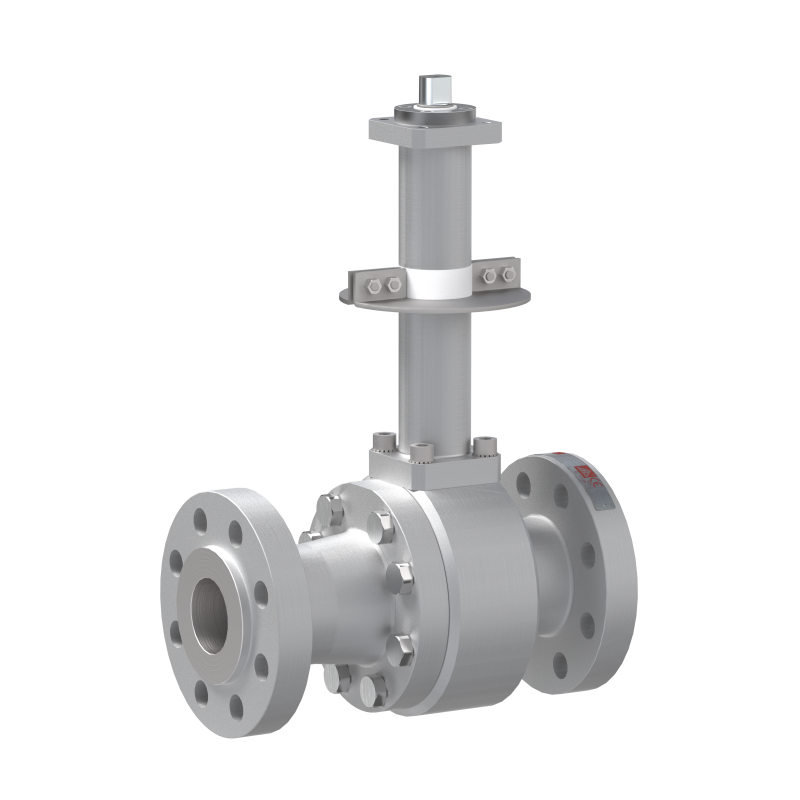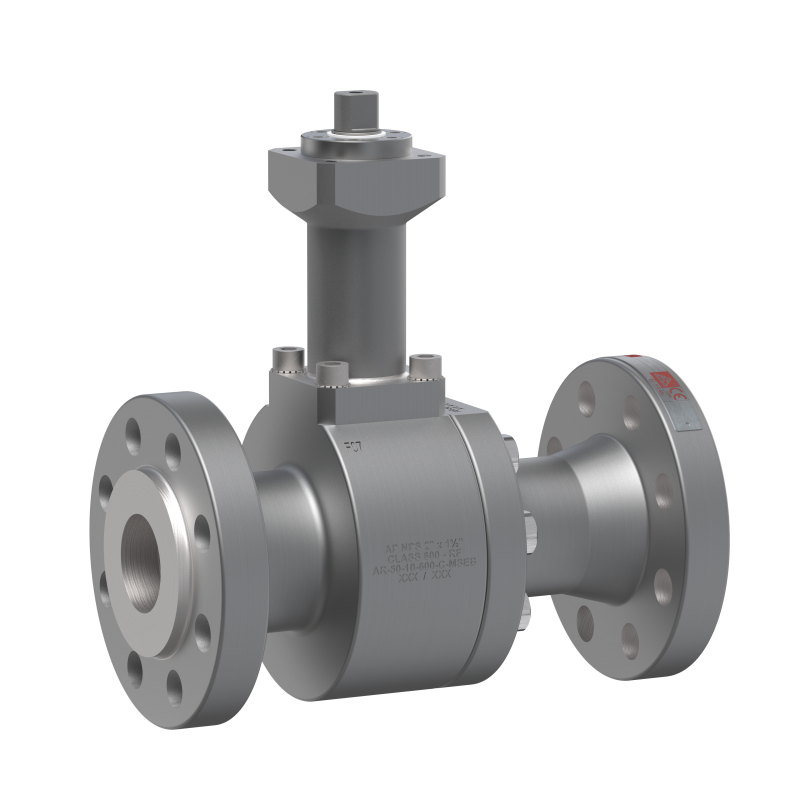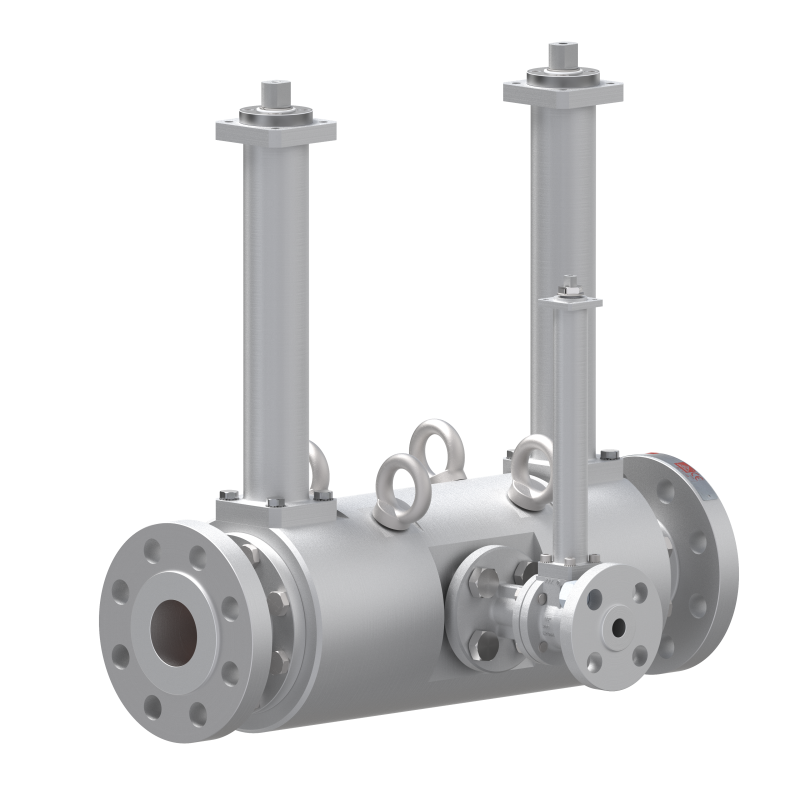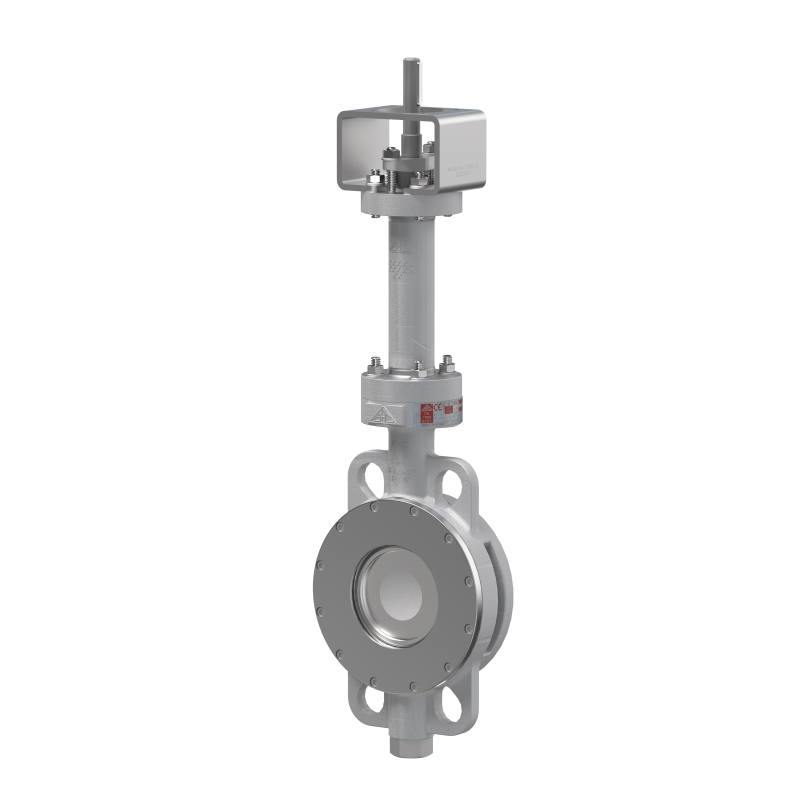Hydrogen Fuel Cells: Hydrogen is used in fuel cells to produce electricity through a chemical reaction with oxygen, emitting only water and heat as byproducts. This technology is used in hydrogen-powered vehicles, stationary power generation, and portable power systems.
Hydrogen Production and Storage: Hydrogen is produced through various methods such as steam methane reforming (SMR), electrolysis, and coal gasification. It is stored in high-pressure tanks or as liquid hydrogen in cryogenic tanks.
Liquefied Natural Gas (LNG): Natural gas is cooled to -162°C (-260°F) to liquefy it for efficient storage and transportation. LNG is used for power generation, heating, and as a fuel for vehicles.
Compressed Natural Gas (CNG): Methane is stored at high pressure and used as an alternative fuel for vehicles, reducing emissions compared to gasoline and diesel.
Natural Gas Processing: Gases such as nitrogen (N₂) and carbon dioxide (CO₂) are used in the processing of natural gas to remove impurities and enhance the calorific value.
Enhanced Oil Recovery (EOR): CO₂ is injected into oil reservoirs to increase pressure and reduce the viscosity of crude oil, enhancing its extraction.
Carbon Capture and Storage (CCS): CO₂ emissions from industrial processes and power plants are captured, transported, and stored underground to reduce greenhouse gas emissions.
Carbon Utilization: Captured CO₂ can be used to produce synthetic fuels, chemicals, and materials, contributing to a circular carbon economy.
